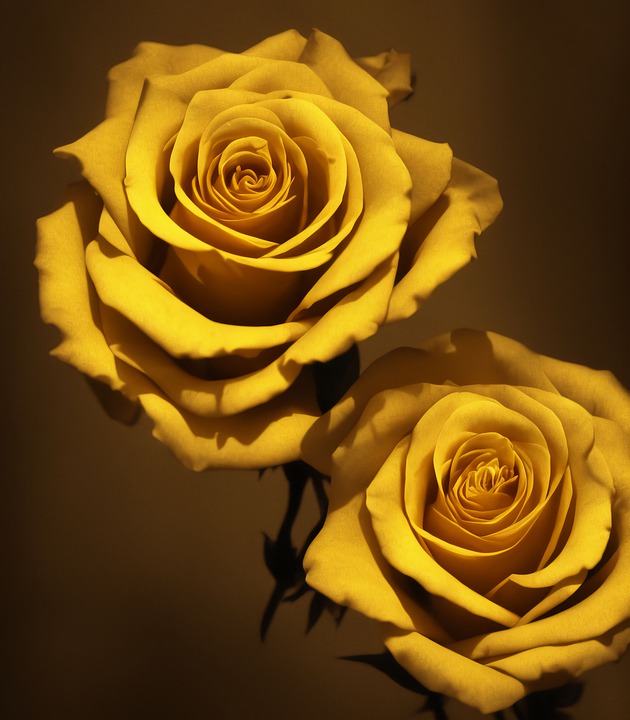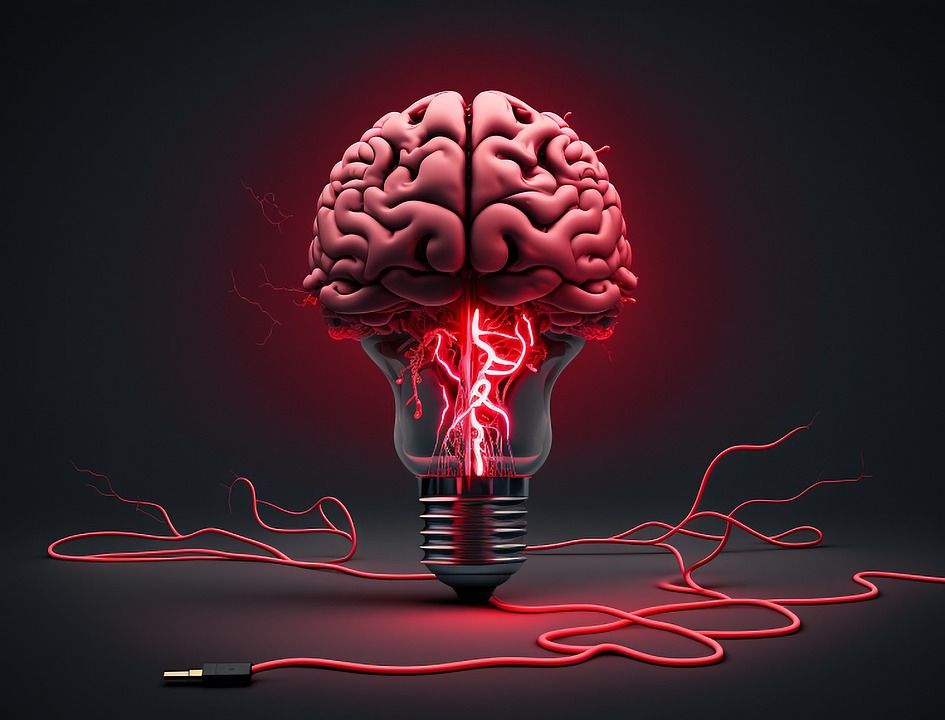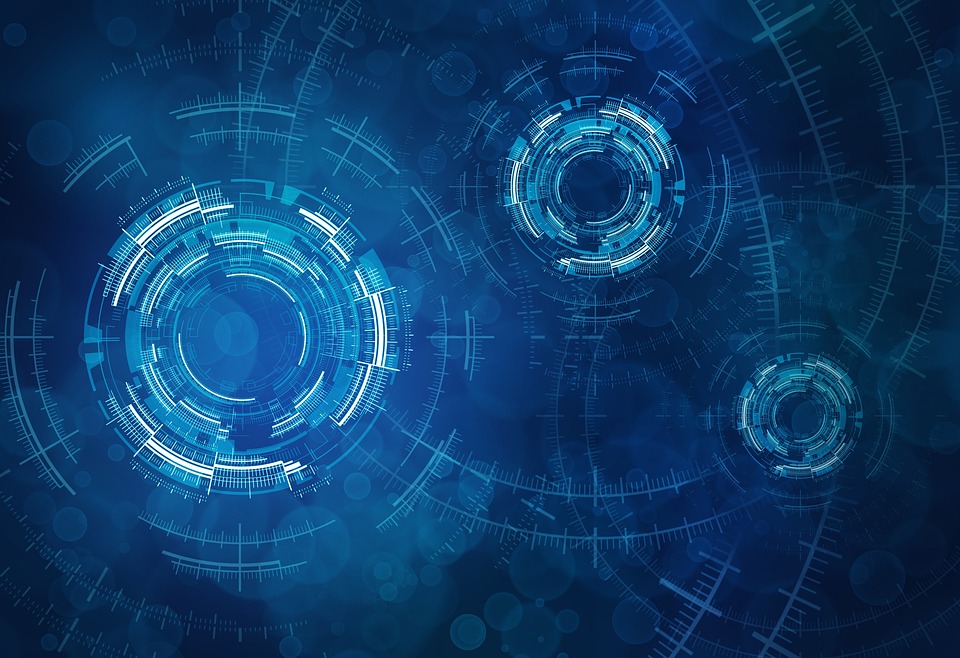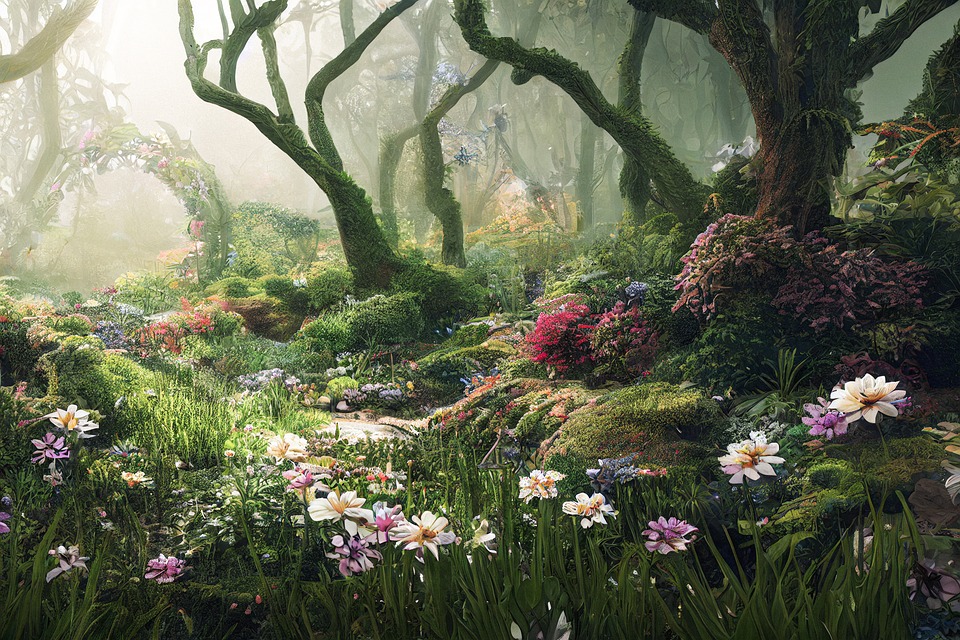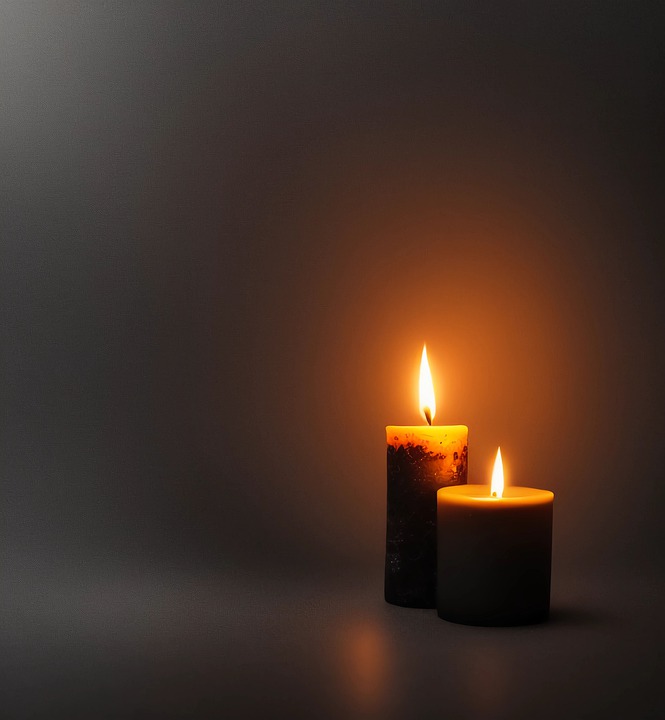
The incorporation of artificial intelligence (AI) has changed the way artists approach their craft. Not only has AI allowed artists to create works of art that were once impossible, but it has also opened a new realm of creative possibilities. AI can be used to create art in various ways, such as digital paintings, music, and generative art.
Generative art is a unique type of art created using algorithms and AI. The algorithms programmed to generate art based on specific parameters, making it difficult to predict the final output. This unpredictability is what makes generative art exciting and allows artists to explore new ideas.
Machine learning is another application of AI in the art scene. Machine learning algorithms can analyze pre-existing works of art and create new ones based on this analysis. This technology provides artists with the opportunity to delve deeper into their concepts and create intricate works of art.
Interactive art, created using AI and algorithms, responds to user input. This type of art is engaging and interactive, making the artwork accessible and enjoyable for all viewers. Virtual reality art is another exciting development in the field. Artists can create complex, immersive works of art using AI-generated algorithms, which can generate 3D models and animations.
The widespread integration of AI technology in the art world has expanded the scope of artistic possibility. AI allows artists to create interactive and unpredictable works of art. This technology opens up a new frontier for artists to express themselves and explore new ideas. With AI, the art world has unlimited potential for creative expression.
